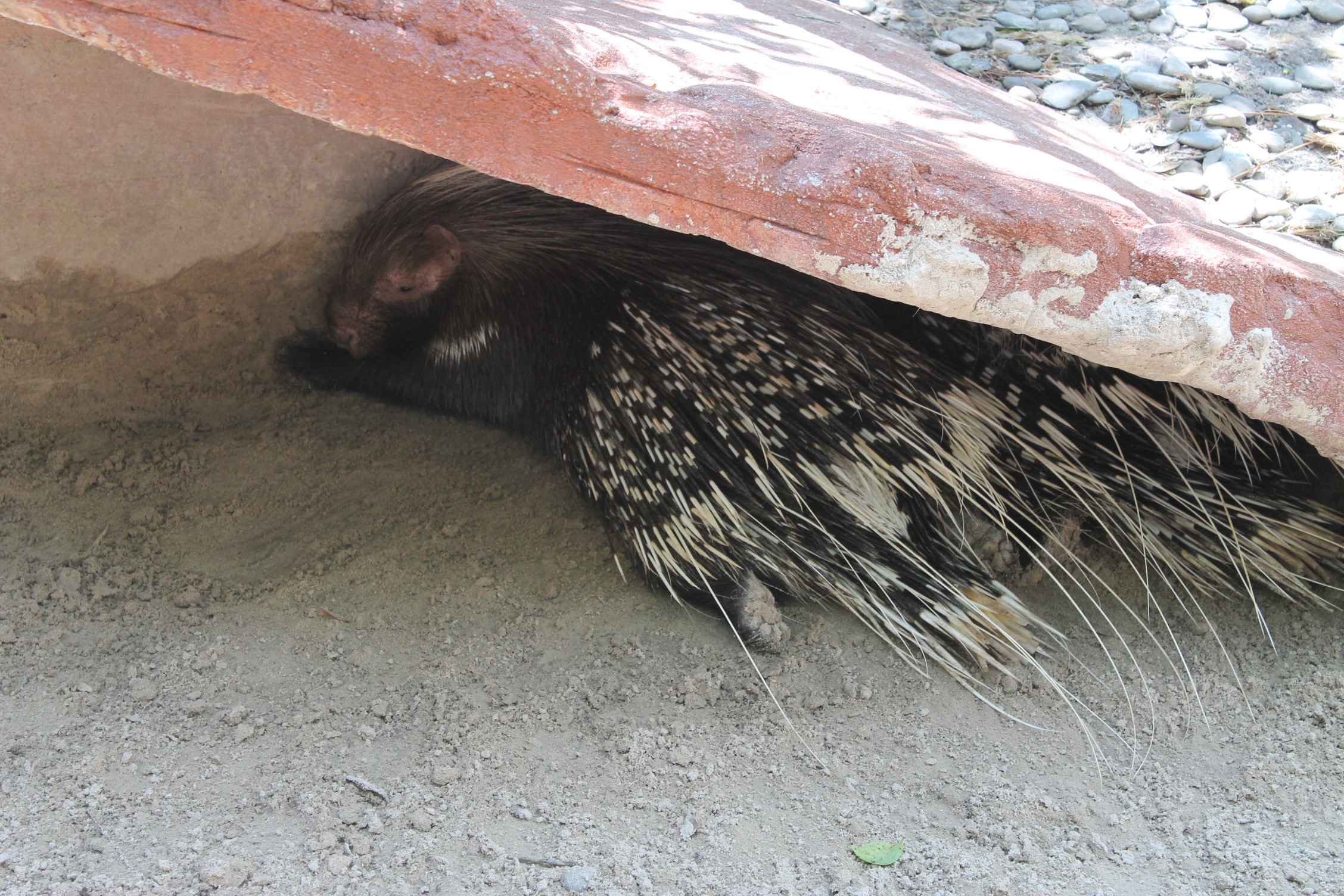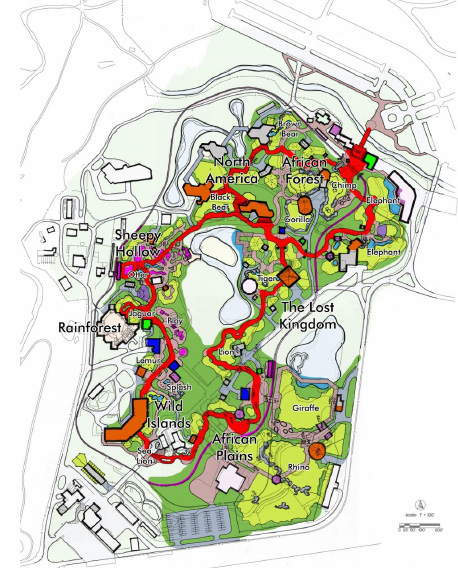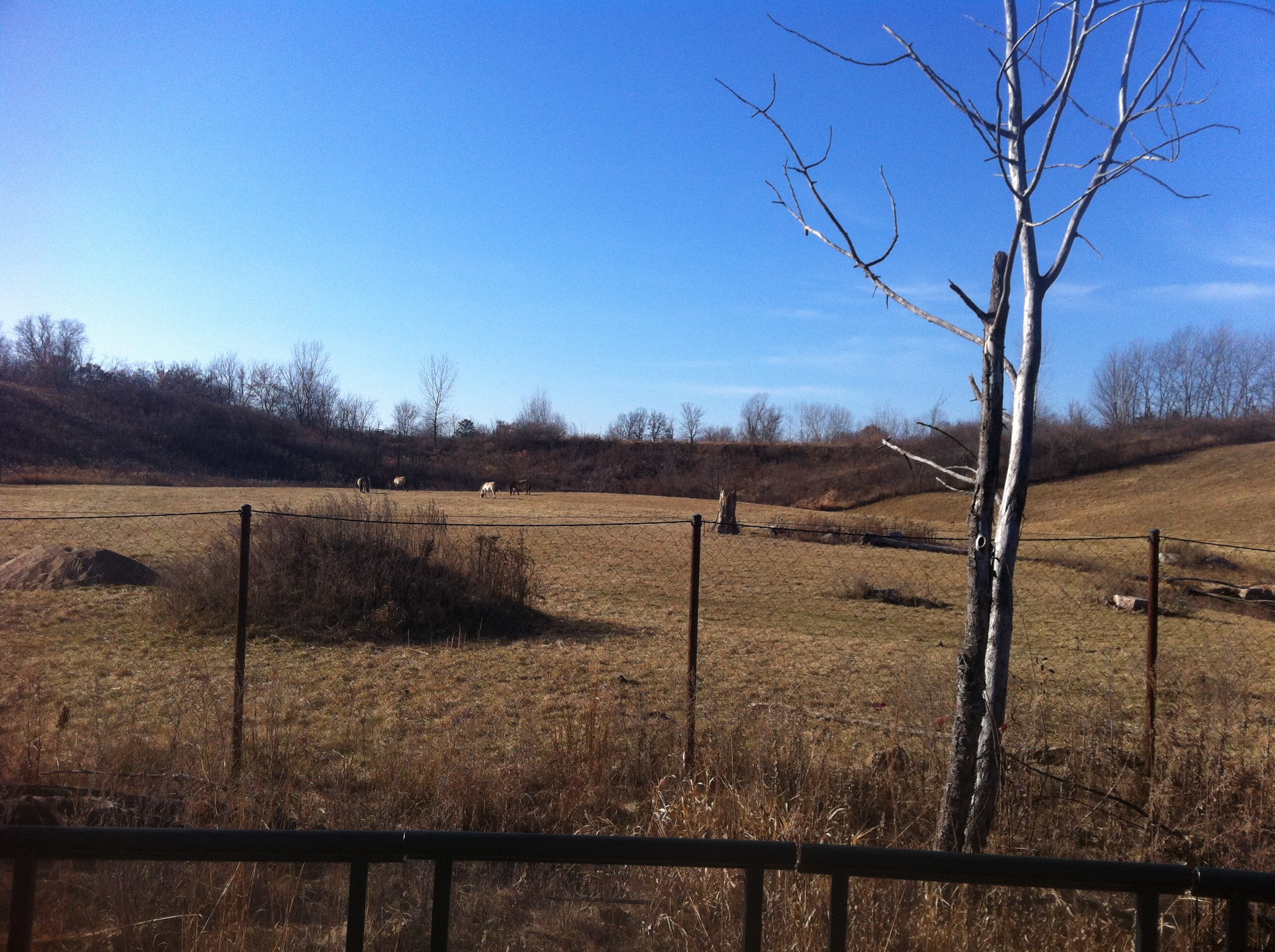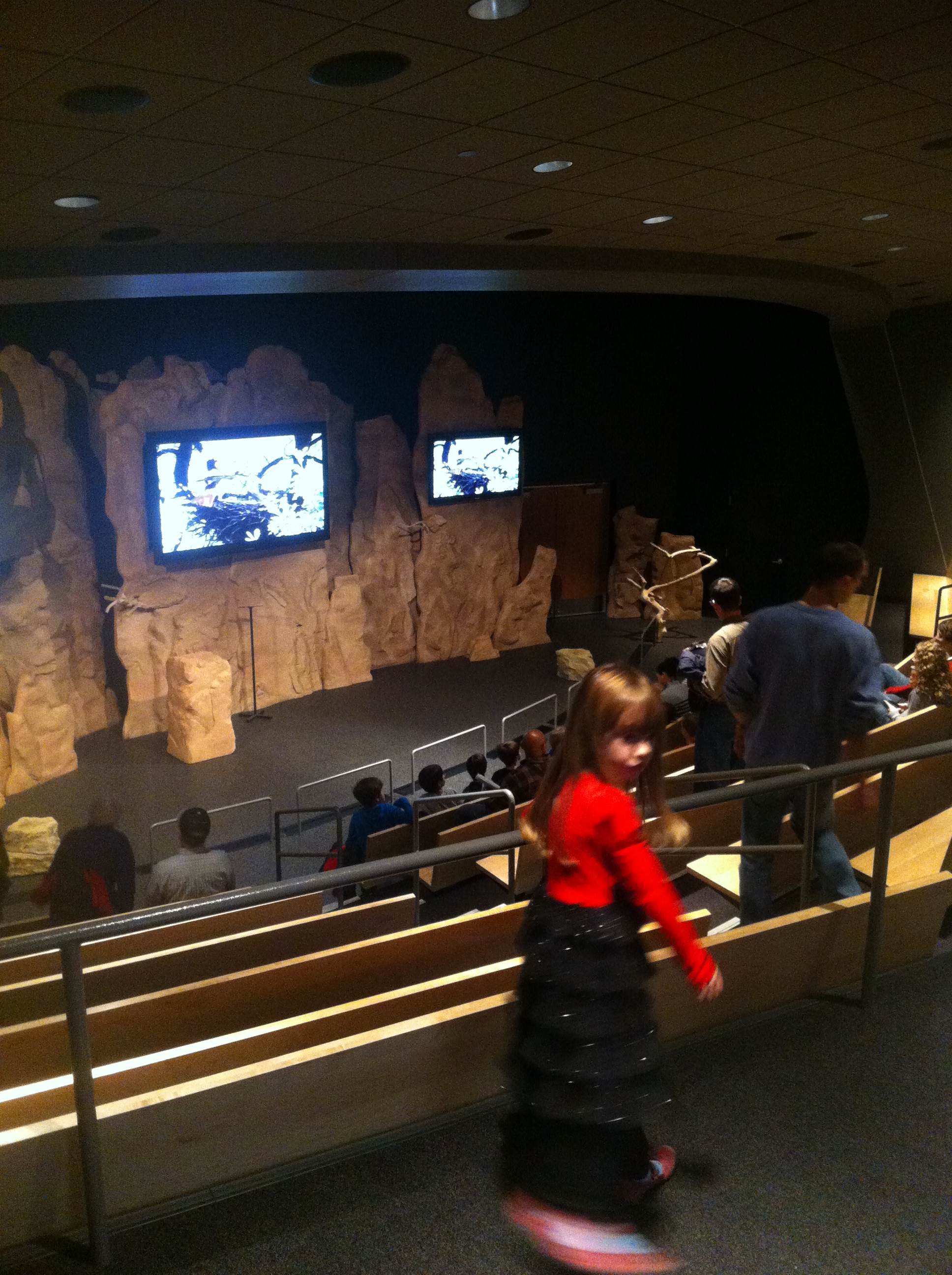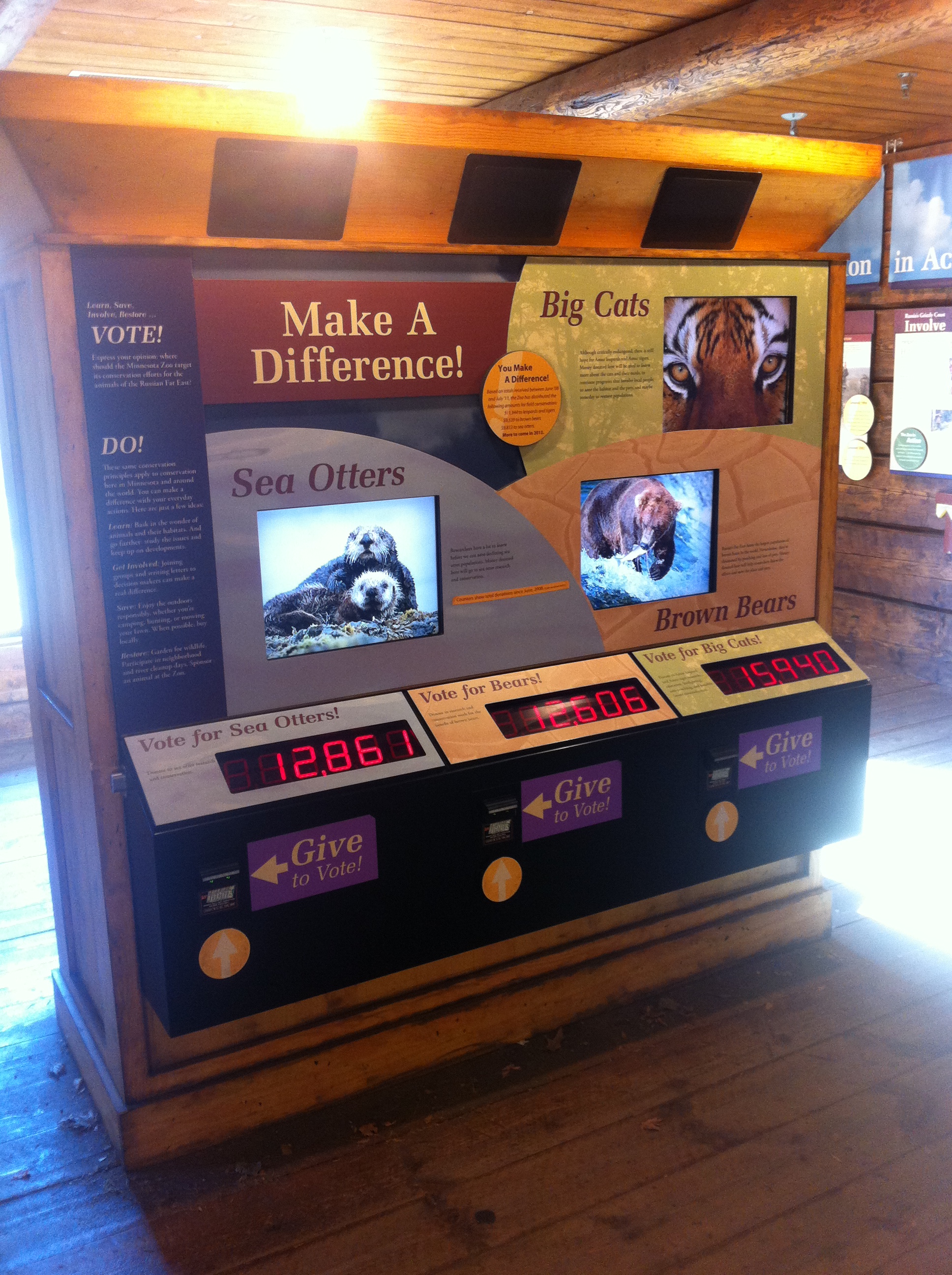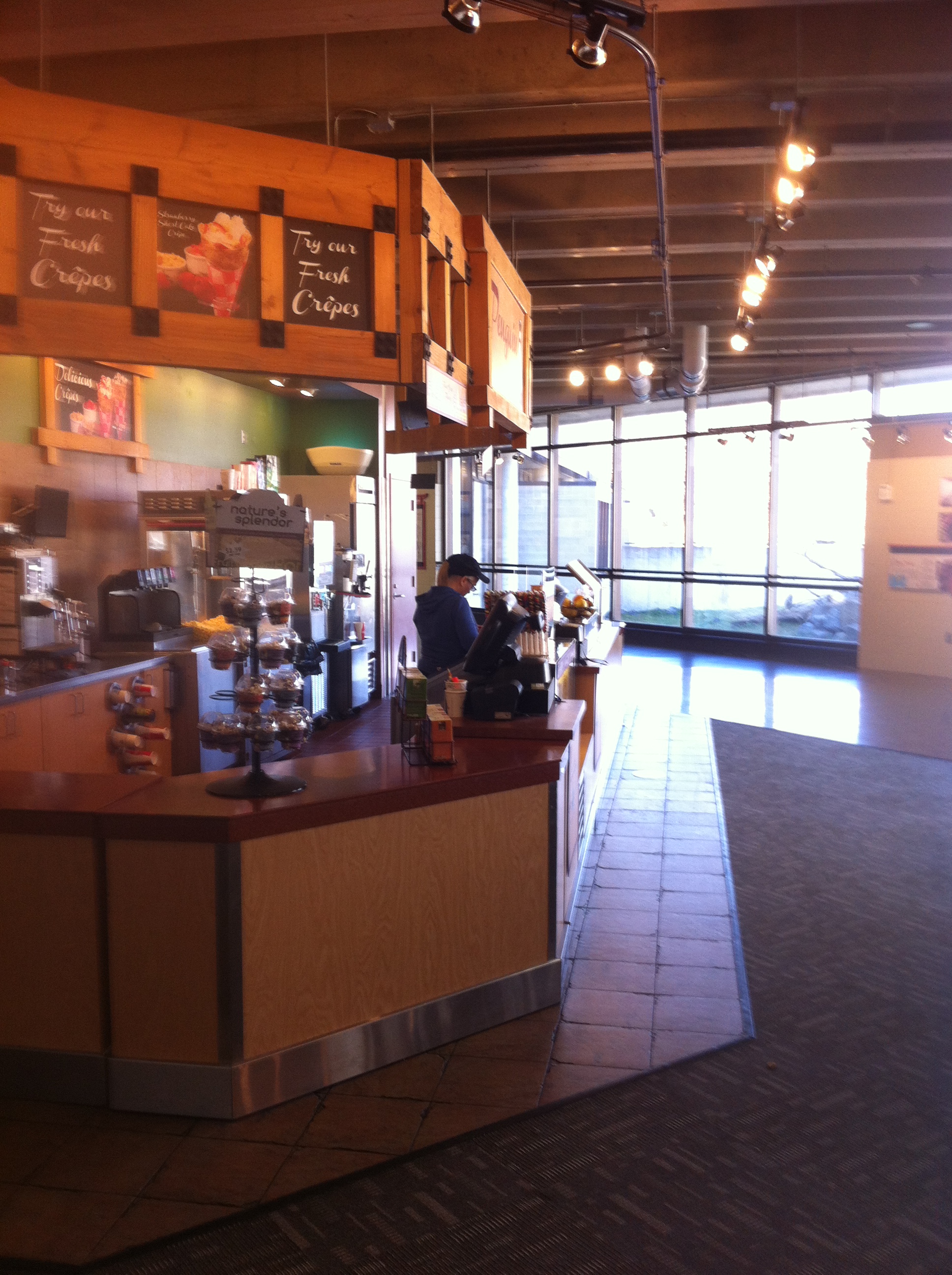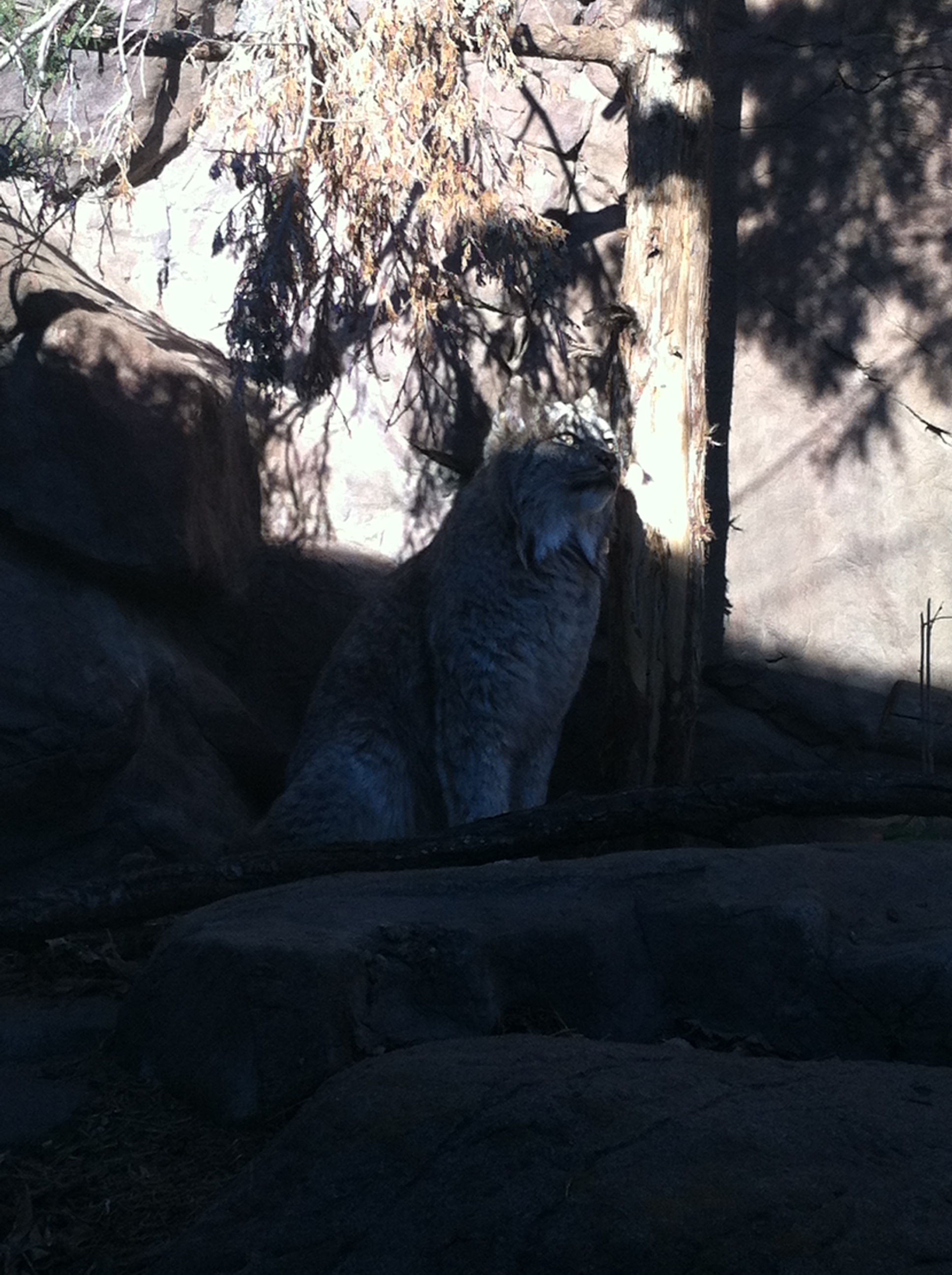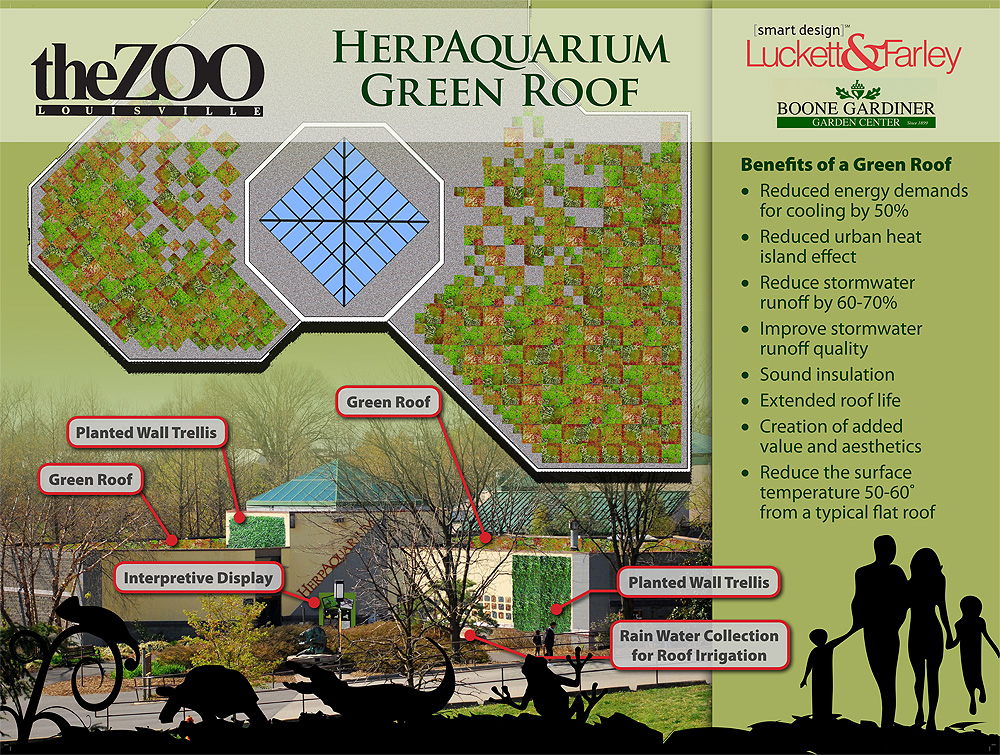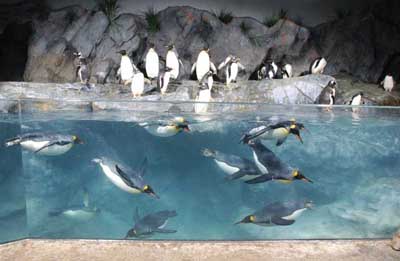I’ve always been partial to the underdog. Those whose beliefs and perseverance outweigh the skeptics' might by shear doggedness and tenacity. Those tirelessly working to do right despite just scraping by. I’m one of those people who gladly buys the opening band’s CD despite not having anything on which to play it. I always choose a local restaurant over a chain. My March Madness bracket is upset city, and I never liked that Michael Jordan.
The same is true for zoos and aquariums. Don’t get me wrong…I love the big guys and the top-notch experiences they offer. Their excellence in care, leadership in conservation and education, and ability to fill a day with shows, thematic exhibits and fun activity; the star species and large, diverse collections they maintain.
But there’s just something about the little guys. The ones caring for an oftentimes misfit collection of domestic goats, non-releasable hawks, three-strikes bears, confiscated leopards and donated snakes. Those whose skeleton staff, supported by an army of volunteers, work 18 hour days and happily offer up their own home as an impromptu nursery or quarantine area. Those zoos and aquariums whose budgets for capital improvements over the next 15 years barely equal the cost of a single exhibit at a world-renowned counterpart. The little guys. The underdogs.
So what constitutes an underdog zoo or aquarium? It’s something I’ve been thinking about a lot lately, but on which haven’t truly come to a conclusion. There’s something about its physical size—probably less than 35 acres; something to do with its attendance—maybe less than 100,000 annually; gotta’ include its capital expenditures, its market reach, its operating costs, its staff size and its collection size. But, really, there’s always going to be exceptions. What it comes down to is the feel. Just good ole’ fashioned, gut feeling. Like U.S. Supreme Court Justice Stewart famously said, “I shall not today attempt to further define {it}…But I know it when I see it.”
My love affair with the little guys probably began with my first real zoo job. I spent an undergrad summer bumbling through the construction of a Colobus monkey exhibit, part of the huge Africa expansion at the Binder Park Zoo. Flummoxed by construction documents my zoology classes hadn’t prepared me for, I found myself wandering the existing zoo grounds during lunches or after quitting time. I remember most the intimacy of visiting prairie dogs, digging through their dirt pile exhibit, interacting with the talking ravens, housed in a welded wire mesh aviary, and the simple beauty of exhibits carefully located between the towering old growth trees of the Michigan zoo’s deciduous forest. Even with the expansion, this zoo’s character is that of a walk in the woods; the African hoofstock and giraffes wandering the plains of a meadow that just happened to be there.
Similarly, the Central Florida Zoo, located just outside theme park mecca Orlando, takes advantage of its site to create more of an enhanced nature walk than the in-your-face, wholly man-made sensibility of a larger zoo. Rusticity is embraced and forgiven in a setting where you might expect to spot a free-ranging and truly wild alligator or Florida panther lurking in the swampy woods of the zoo grounds. This is a place where you know—from the moment you pull into the vehicular approach surrounded by the tunnel of live oaks dripping in Spanish moss-- to slow down, to take your time. You can see it all and do it all. There’s simply no rush.
Despite the Central Florida Zoo’s lack of both pathway hierarchy and organization based on distinctly defined regions (which do in fact seem to be defining characteristics of a small zoo), you won’t get lost. And so what if you pass by the porcupine exhibit two or three times in order to see the whole zoo. He’s sleeping conveniently in a location where you can get a good, close look at him. From the gravel parking lot and train ride outside the zoo gates to the elaborate spray pad surrounded by shaded seating, this zoo is quaint, and filled with an unmistakable sense of community. In this region, so ostentatiously built for tourism, this little zoo provides an escape to normalcy and a place for residents (and tourists alike) to enjoy a quiet afternoon in nature with family.
Perhaps the most meaningful zoo design experience I’ve had is with the Big Bear Alpine Zoo. PGAV’s partnership with the struggling Moonridge Zoo (as it is formerly known) began way back in 2005 when we interviewed in the beautiful San Bernardino Mountains in southern California. The existing zoo, which was the result of many years of dedicated work rehabbing the regions’ animals devastated by negative human interactions, is located on 2 acres in the parking lot of a local ski resort. The animals living here are non-releasable rehabs and confiscations, like Yoda, a Sawet owl, whose wing was amputated after being hit by a car. The animals are well-cared for, but the physical Zoo itself does not reflect the level of care and the conservation / education significance of the facility. Exhibits are chainlink and welded wire, crammed one after the other into its two acres.
We were hired to create a master plan and eventually to the design a wholly new zoo on a larger site, but still on a tight budget. And over the years, we’ve watched as the community support for the project has grown--despite bumps in the road. One day, the new zoo will be complete; the animals will have spacious new homes, the visitors will have an enriching experience, and I’ll be absolutely humbled to have been a small part of making a difference for such a worthwhile institution.
So, for me, the appeal of small zoos and aquariums stems from the fact that it seems, as designers, we can affect change the most at these institutions. These are facilities which rarely have capital for major physical changes. Places with big visions, but limited resources. These facilities need master plans not only for fundraising and planning purposes, but for the team building and strategizing they provide—for clarity of vision. They need experienced consultants that can offer creative and low-cost solutions to design issues; provide guidance on guest experience. Oftentimes, simple changes drastically affect the public perception of a place —and sometimes just the act of planning itself illustrates such commitment and resolve to achieve more that the zoo is elevated in the public’s eye. Many of today’s powerhouses began as just ‘a small zoo,’ but with the support of the community, were able to grow slowly and steadily over the years.
Do not overlook the little guys. Especially the little guys who’ve made the extra effort to become accredited by the AZA (or EAZA, IMATA, or AMMPA). This is an amazing feat for an institution of any size. And as we know, underdogs can impact the world just as mightily as the conventional leaders. We just need to give them a chance.






